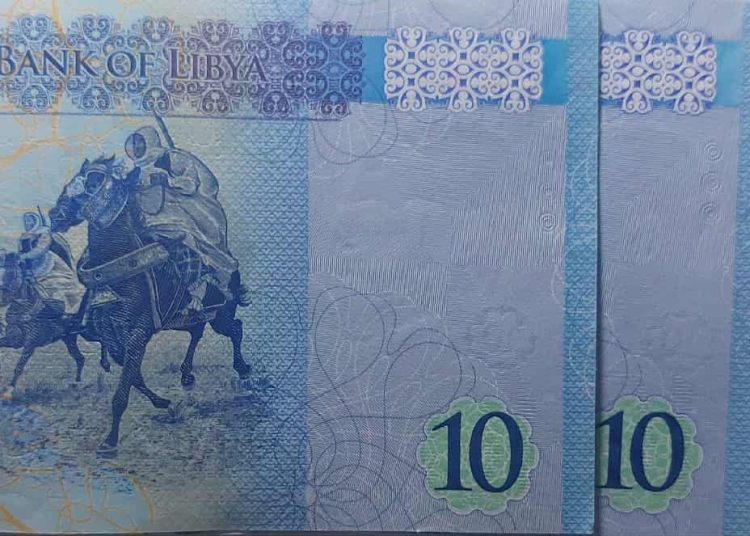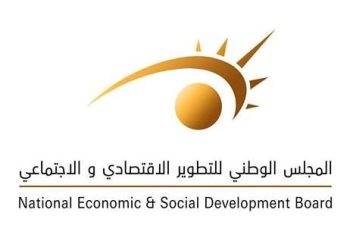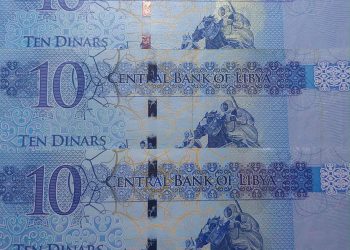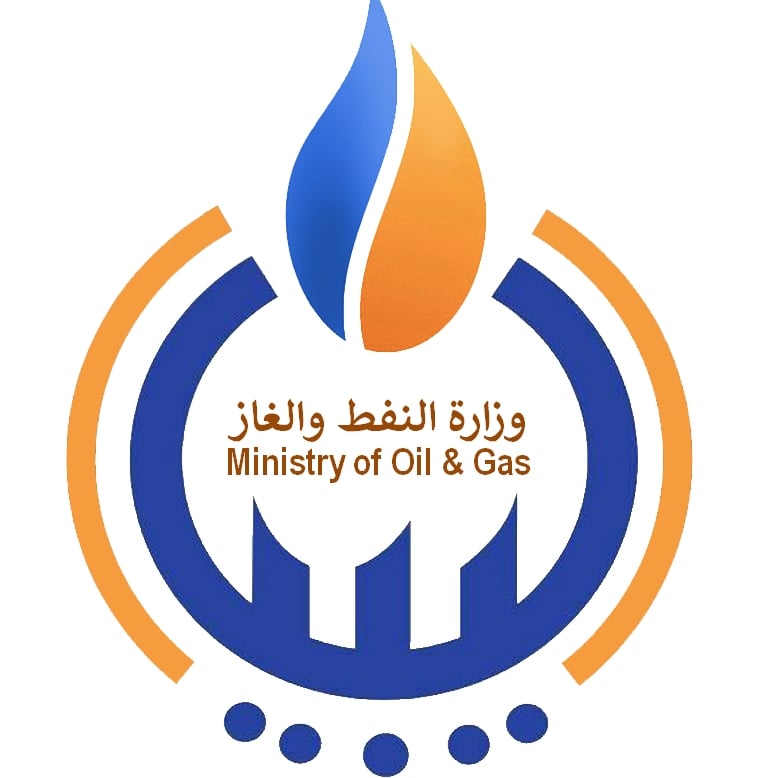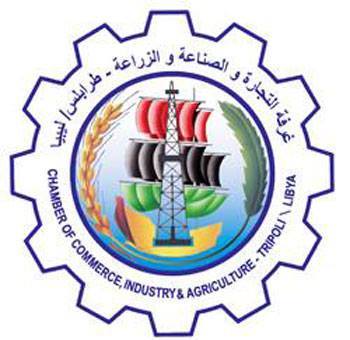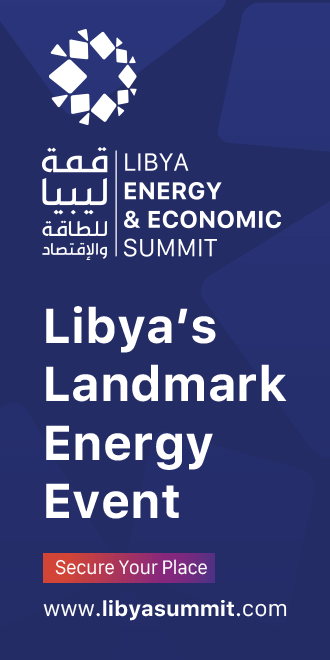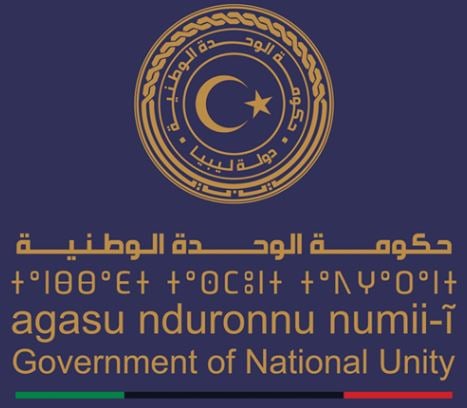The Central Bank of Libya (CBL) announced last Thursday (25 September) the launch of Certificates of Deposit worth 15 billion dinars, starting from October until next December. The expected annual profit margin for these certificates is 7.5% for banks and 6.5% for investment clients.
Commenting on the intended launch of these Certificates of Deposit, leading Libyan businessman Husni Bey said…‘‘they are an opportunity to educate an alternative to private sector financing and that the CBL’s first aim of these certificates is to reduce the price differential between the official CBL foreign exchange rate and the black / parallel market rate and hence reduce currency speculation.’’
Bey said the success or failure of the decision of the Board of Directors of the CBL to issue certificates of deposit worth 15 billion dinars at a rate of 7.5% for banks and 6.5% for investors depends on several basic and influential factors.
Despite the challenges, Bey explained, the certificates of deposit announced by the CBL, through the offering of 15 billion dinars, are an important step and a necessary shift in the framework of enhancing monetary, financial and economic stability in the country, and most importantly, accepting the idea of public and private financing through the use of stagnant funds.
At the current stage, the undeclared goal of the issuance of the certificates is to reduce the money supply, which exceeded 170 billion dinars by the end of August this year, and this value represents 8.70% of the total money supply, he added.
He said the CBL’s goal is to reduce the price differential between the official and the black market by more than 10%. However, the impact or failure of these certificates on the exchange rate depends on several factors, the most important of which is the strength or weakness of the Libyan dinar, which is defined by public expenditure as a “surplus or deficit.”
The strength of the dinar is primarily due to the strength of the economy, and it is not achieved through the increase in reserves in hard currency or gold, “according to the belief of the majority in Libya.” The strength of the dinar depends on several other detailed factors, Bey concluded.
